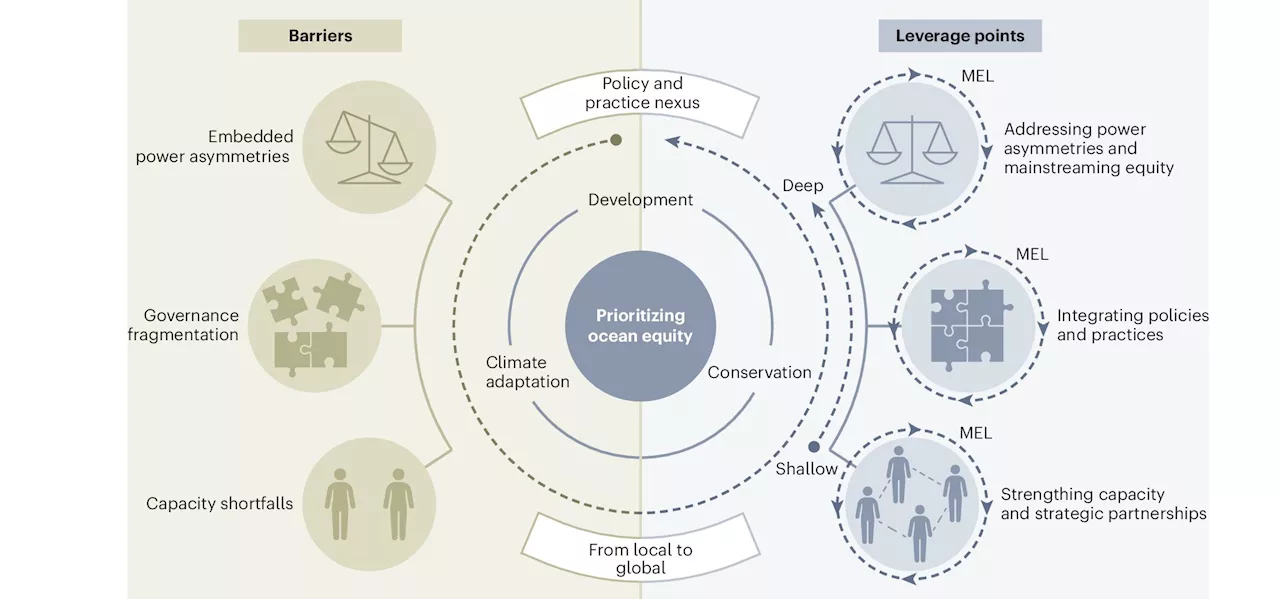Researchers have leveraged deep learning techniques to enhance the image quality of a metalens camera. The new approach uses artificial intelligence to turn low-quality images into high-quality ones, which could make these cameras viable for a multitude of imaging tasks including intricate microscopy applications and mobile devices.
Metalenses are ultrathin optical devices -- often just a fraction of a millimeter thick -- that use nanostructures to manipulate light. Although their small size could potentially enable extremely compact and lightweight cameras without traditional optical lenses, it has been difficult to achieve the necessary image quality with these optical components.
"Metalens-integrated cameras can be directly incorporated into the imaging modules of smartphones, where they could replace the traditional refractive bulk lenses," said Chen."They could also be used in devices such as drones, where the small size and lightweight camera would ensure imaging quality without compromising the drone's mobility.
"A key part of this work was developing a way to generate the large amount of training data needed for the neural network learning process," said Chen."Once trained, a low-quality image can be sent from the device to into the neural network for processing, and high-quality imaging results are obtained immediately."To validate the new deep learning technique, the researchers used it on 100 test images.
"Ultra-lightweight and ultra-thin metalenses represent a revolutionary technology for future imaging and detection," said Chen."Leveraging deep learning techniques to optimize metalens performance marks a pivotal developmental trajectory. We foresee machine learning as a vital trend in advancing photonics research."Researchers have designed a new, ultrathin camera that acquires wide-angle, high-quality images using a metalens array.
Optics Ultrasound Biochemistry Photography Neural Interfaces Mobile Computing Computers And Internet
United Kingdom Latest News, United Kingdom Headlines
Similar News:You can also read news stories similar to this one that we have collected from other news sources.
 Researchers use AI to boost image quality of metalens cameraResearchers have leveraged deep learning techniques to enhance the image quality of a metalens camera. The new approach uses artificial intelligence to turn low-quality images into high-quality ones, which could make these cameras viable for a multitude of imaging tasks including intricate microscopy applications and mobile devices.
Researchers use AI to boost image quality of metalens cameraResearchers have leveraged deep learning techniques to enhance the image quality of a metalens camera. The new approach uses artificial intelligence to turn low-quality images into high-quality ones, which could make these cameras viable for a multitude of imaging tasks including intricate microscopy applications and mobile devices.
Read more »
 Researchers identify drug compounds that can reduce prion protein levels in infected cellsPrions are the abnormal, pathogenic agents that are transmissible and are able to induce abnormal folding of specific normal cellular proteins.
Researchers identify drug compounds that can reduce prion protein levels in infected cellsPrions are the abnormal, pathogenic agents that are transmissible and are able to induce abnormal folding of specific normal cellular proteins.
Read more »
 Equity must be considered in ocean governance to achieve global targets by 2030, researchers sayAs the world presses forward with urgency towards reaching global biodiversity and climate targets by 2030, there must be increased attention to center equity in dialogue and practice when designing ocean conservation, adaptation and development interventions.
Equity must be considered in ocean governance to achieve global targets by 2030, researchers sayAs the world presses forward with urgency towards reaching global biodiversity and climate targets by 2030, there must be increased attention to center equity in dialogue and practice when designing ocean conservation, adaptation and development interventions.
Read more »
 Researchers conduct first-ever study to characterize microbiota in saliva of weaned pigletsBacteria of the phyla Firmicutes and Proteobacteria, including those of the genus Streptococcus, are the most common microorganisms found in the saliva of swine, which contains a different microbiota from swine feces and the environment in which the animals live.
Researchers conduct first-ever study to characterize microbiota in saliva of weaned pigletsBacteria of the phyla Firmicutes and Proteobacteria, including those of the genus Streptococcus, are the most common microorganisms found in the saliva of swine, which contains a different microbiota from swine feces and the environment in which the animals live.
Read more »
 Singing researchers find cross-cultural patterns in music and languageAre acoustic features of music and spoken language shared across cultures? Researchers from the Max Planck Institute for Psycholinguistics in Nijmegen have contributed to a global study of music and speech, published in Science Advances.
Singing researchers find cross-cultural patterns in music and languageAre acoustic features of music and spoken language shared across cultures? Researchers from the Max Planck Institute for Psycholinguistics in Nijmegen have contributed to a global study of music and speech, published in Science Advances.
Read more »
 Researchers unlock vital insights into metal-nitrogen-carbon catalysts' reaction mechanismA team of researchers has made significant strides in understanding metal-nitrogen-carbon (M-N-C) catalysts, offering alternatives to expensive platinum-group-metal (PGM) catalysts and a pathway to a greener future.
Researchers unlock vital insights into metal-nitrogen-carbon catalysts' reaction mechanismA team of researchers has made significant strides in understanding metal-nitrogen-carbon (M-N-C) catalysts, offering alternatives to expensive platinum-group-metal (PGM) catalysts and a pathway to a greener future.
Read more »
